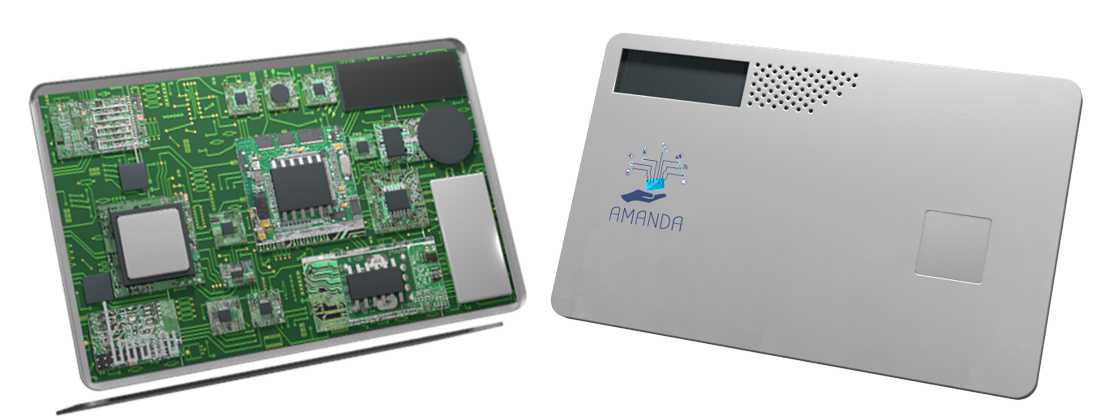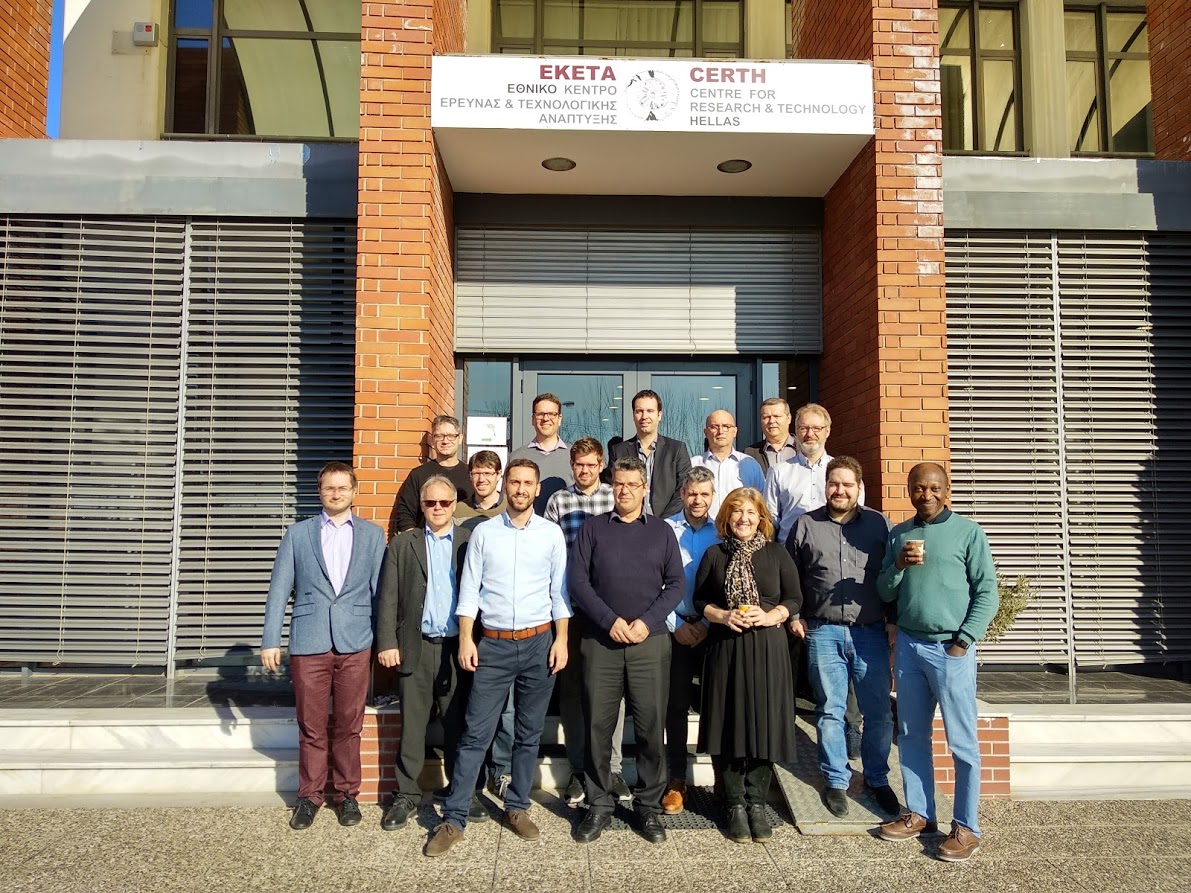Implementation
The project activities are broken down into 8 work packages (WP) and will be implemented within 36 months (3 years); a duration which is considered appropriate taking into account the time required for the design, development, validation and evaluation of the AMANDA device.

The overview of the work plan with the interdependencies between the WPs is illustrated in Fig.1. WP1 focuses on the definition of system requirements and use cases, taking into account and integrating the project partner's knowledge and experiences. It also includes the service-oriented architeture (SOA) analysis, feasibility study and benchmarking of best practices as well as the overall AMANDA architecture. WP2 aims to design and develop the appropriate sensors which will be added on the board. WP3 focuses on the development of a power card that includes energy generation, regulation and storage.
WP4 aims to implement the appropriate wireless technologies for the card, as well as the appropriate cyber security, cloud platform connection and user interfacing. WP5 is dedicated to the integration of the AMANDA device (PCB development, prototyping and packaging). WP6 concentrates on the laboratory analysis and validation as well as the overall evaluation of the AMANDA card. Finally, WP7 covers the aspects of exploitation, dissemination and communication activities of the achieved results while WP8 focuses on the coordination of the project.






















